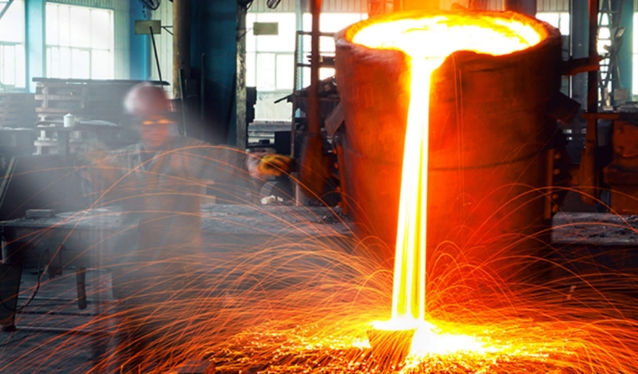
The carbon in the iron is increased by adding a carbon additive to the casting. There are numerous types of carbon additives available. It's important to select the correct one for the casting you need. Some examples include graphitized aluminum scrap, petroleum coal, anthracite coke, calcined charcoal, etc. They all have their own unique characteristics that are ideal for different applications. The key is to find a high quality carbon additive that will give you the results you need.
This study had the objective to relate the content of carbonaceous additives and loss upon ignition of conventional mouldings sands. The sand compositions of these sands were compared to the reference GMS1 mouldingsand, and test castings with grey cast iron were performed in foundry cores and molds.

The carbon additive can reduce the melting temperature and improve melting efficiency, saving energy and reducing costs. The carbon additive also helps reduce oxide formation, and it improves the metallic quality of the melt metal through a reduction in impurities. Castings become more flexible, stronger and durable.
Carbon additives must be formulated with different chemical indices depending on the type of iron-casting process. Carbon additives must meet the limits of sulphur and nitrogen content, as well as volatile matter (ash), moisture, and volatile matter. The carbon additive's LOI must also fall below the limits specified by the iron foundry.
To achieve the best mechanical properties, ductile iron foundries need a certain level of carbon in their molten metal. They use different recarburizers in order to increase the carbon content. Superior Graphite Desulco (r) is one of the most common recarburizers used in foundries. It is available in different grades and can be adjusted to the desired levels.
It is important that the carbon level of molten steel remains constant to avoid cracking. To ensure that the carbon is distributed evenly and consistently in the molten iron, a good carbon raiser should have a low nitrogen and sulfur content. It must also contain low nitrogen and sulphur content in order to stop oxides from developing on the metal surface.
In addition to the benefits mentioned above, the carbon additives increase the castability. Carbon added to molten steel increases its strength and nodularity. Decreases undercooling of the iron and reduces chilling. This can cause porosity. It results in castings that are smoother with finer surface. It is also easier to clean the finished castings and improves the mechanical properties of the castings. Carbon additives are essential in foundries to produce high-quality casts.

Write a Message